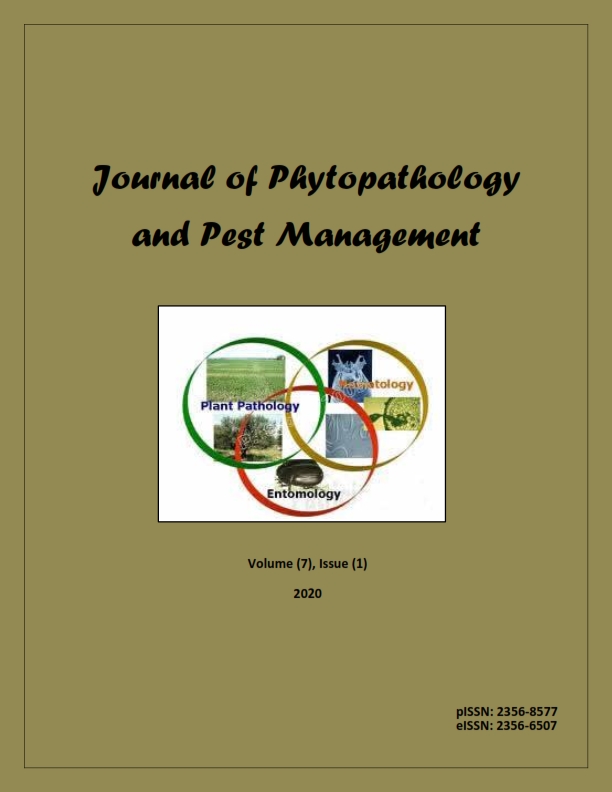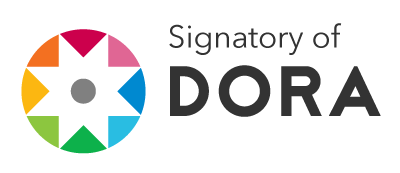Insecticidal effect of lemongrass oil on behavioural responses and biochemical changes in cowpea weevil, Callosobruchus maculatus (Fabricius)
Abstract
The cowpea weevil, Callosobruchus maculatus (Fabricius), is the most important postharvest insect pest of cowpeas throughout the tropics causing about 70% infestation within 6 months of storage. Control interventions have often been by way of synthetic chemical application but the negative impact of these chemicals on biotic and abiotic elements of the environment continues to motivate search for alternative control measures. The present study was conducted to evaluate insecticidal effect of essential oil (EO) from lemongrass, Cymbopogon citratus (DC.) Stapf, against the weevil. Air-dried lemongrass leaves were milled into powder, the EO was extracted by hydro-distillation using a Clevenger-type apparatus and the extract was dried over anhydrous sodium sulphate. Acute toxicity was determined by inhalation over a period of 24 h using five serial concentrations (0.62, 1.28, 2.50, 5.00 and 10.00 mg/ml) of the EO on filter papers. The median lethal concentration (LC50) was determined from mortality data using probit analysis and three sublethal concentrations (1.41, 2.83 and 5.66 mg/ml) were used in subsequent antioviposition test and biochemical assays. Repellency against the weevils was tested using 2 ml 10 mg/ml EO concentration applied evenly on ½ disc of filter paper. Weevil homogenates were assayed for acetylcholinesterase (AChE), glutathione-S-transferase (GST), reduced glutathione (GSH), superoxide dismutase (SOD), lactate dehydrogenase (LDH), alanine aminotransferase (ALT) and aspartate aminotransferase (AST) activities. Changes in the concentrations of total protein (TPR) and glycogen (GLY) as influenced by dosage and exposure time to the EO were also determined. The results showed that the EO had effective insecticidal properties against the pest. Weevil mortality was concentration- and time-dependent and 80% death rate was attained within 24 h of inhaling 10 mg/ml EO with a LC50 value of 7.07 mg/ml. The EO repelled a significantly higher number of weevils (66%) and fewer eggs were laid on cowpea seeds treated with the EO. The values of AChE (P ≤ 0.01), GLY (P ≤ 0.001), SOD (P ≤ 0.001) and TPR (P ≤ 0.001) reduced significantly with increasing EO concentrations giving an evidence of induced physiological stress in exposed weevils. Kinetics of the assayed enzymes and physiological implications for the storage pest were highlighted. In addition, potential of lemongrass EO as an alternative to synthetic chemicals was discussed.
Metrics
Published
How to Cite
Issue
Section
License
Authors who publish with Journal of Phytopathology and Disease Management agree to the following terms:
- Authors retain copyright and grant the journal right of first publication with the work simultaneously licensed under a Creative Commons Attribution License that allows others to share the work with an acknowledgement of the work's authorship and initial publication in this journal.
- Authors retain copyright and grant the journal right of first publication with the work simultaneously licensed under the Creative Commons Attribution-Non Commercial License (CC BY-NC). This allows others to share the work with an acknowledgement of the work's authorship and initial publication in this journal.
- Archives of Agricultural Sciences Journal is an Open Access Journal, and articles published are distributed under the terms of the Creative Commons Attribution-Non Commercial License (CC BY-NC). Readers may copy, distribute, and display the work for non commercial purposes with the proper citation of the original work. However, the journal retains the right to exploit subsidiary rights on behalf of the authors.
- Authors are able to enter into separate, additional contractural arrangements for the non-exclusive distribution of the journal's published version of the work (e.g. post it to an institutional repository or publish it in a book), with an acknowledgement of its initial publication in this journal.
- Authors are permitted and encouraged to post their work online (e.g., in institutional repositories or on their website) prior to and during the submission process with full disclosure to the journal, as it can lead to productive exchanges, as well as earlier and greater citation of published work. Following publication in Archives of Agricultural Sciences Journal, the author should update the repository, and include a citation and link to the published work.
Click here for more information on Licensing policy

.png)




